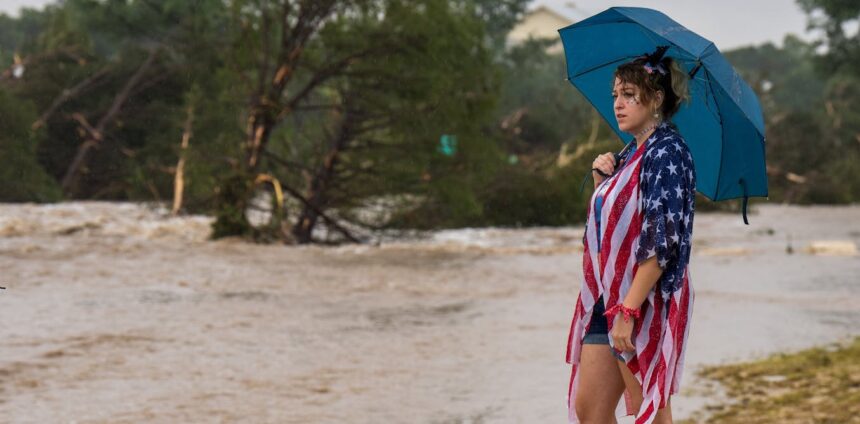In the immediate aftermath of a natural disaster, the world watches. News crews descend, donations pour in, and volunteers arrive by the busload. But what happens when the cameras leave and public attention shifts elsewhere? For survivors, this is often when the most challenging phase of recovery begins—a period marked by prolonged mental health struggles that can persist for years, even decades.
“The psychological impact of disasters doesn’t follow media cycles,” explains Dr. Hannah Weiss, trauma specialist at the National Center for Disaster Recovery. “While physical infrastructure might be rebuilt within months, psychological reconstruction often takes years, sometimes generations.”
Recent research from the University of British Columbia reveals that disaster survivors experience rates of post-traumatic stress disorder nearly four times higher than the general population, with symptoms persisting an average of seven years after the event. Perhaps more concerning is that approximately 40% of survivors report receiving inadequate mental health support beyond the six-month mark post-disaster.
The 2021 British Columbia floods offer a sobering case study. When unprecedented rainfall devastated communities throughout the Fraser Valley, emergency response was swift and comprehensive. However, as CO24 News reported last month, many residents still struggle with anxiety, depression, and financial instability two years later, despite recovery efforts largely disappearing from Canada News headlines.
“There’s a fundamental misalignment between how we respond to disasters and how trauma actually unfolds in the human psyche,” notes clinical psychologist Dr. Marcus Chen. “The most intense psychological distress often emerges months after the event, precisely when support systems are being dismantled.”
This pattern repeats with disturbing regularity across disaster zones globally. After Hurricane Maria devastated Puerto Rico in 2017, mental health services were overwhelmed by a 60% increase in demand for depression and anxiety treatment—a surge that peaked not during the immediate aftermath, but 14 months later when international aid was already scaling back operations.
Public health experts and disaster management professionals are increasingly advocating for fundamental changes to recovery frameworks. The Disaster Mental Health Coalition has proposed a minimum five-year mental health support mandate following major disasters, a significant departure from current models that typically provide intensive support for only 3-6 months.
“We need to rethink disaster recovery as a marathon, not a sprint,” argues Sarah Feldman, director of the Canadian Disaster Resilience Network. “When we withdraw mental health resources prematurely, we’re essentially abandoning survivors during what might be their most vulnerable period.”
Economic analyses support this approach. A 2022 study published in the Journal of Public Health Economics demonstrated that every dollar invested in sustained mental health services following disasters yields approximately $4.80 in reduced healthcare costs, improved productivity, and decreased social service needs over a ten-year period.
Provincial governments across Canada have begun incorporating these insights into disaster response planning. British Columbia recently announced a pioneering CO24 Politics initiative allocating $38 million toward establishing permanent community mental health resources in regions historically affected by wildfires and floods—resources designed to scale up during crises but remain operational indefinitely.
The business community has also recognized the economic imperative of addressing this issue. Several major Canadian insurers have partnered with mental health providers to offer extended psychological support services to policyholders affected by covered disasters, acknowledging what CO24 Business analysis has shown: that mental health recovery directly impacts economic recovery.
Internationally, World News coverage has highlighted similar shifts. New Zealand’s response to the Christchurch earthquake incorporated decades-long mental health support infrastructure, creating a model that many disaster management experts consider exemplary.
For individual survivors, these policy shifts can’t come soon enough. “After the flood took our home, I received excellent support for about four months,” says Michelle Laramie of Abbotsford, BC. “Then suddenly, everyone was gone. That’s when the nightmares started, when I couldn’t function at work anymore. It felt like being abandoned twice—first by nature, then by the support systems I’d come to rely on.”
As climate change increases both the frequency and severity of natural disasters worldwide, the question becomes increasingly urgent: will we continue abandoning survivors when their suffering no longer makes headlines, or will we finally align our support systems with the actual timeline of trauma recovery?










